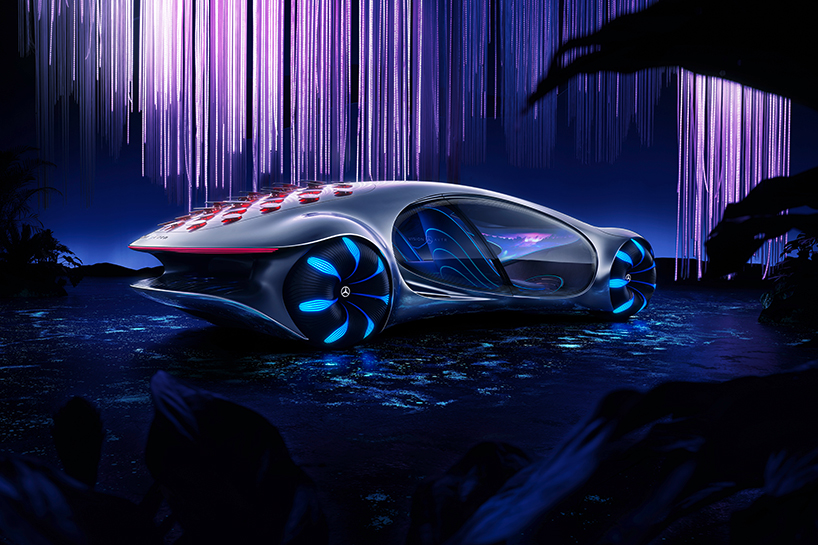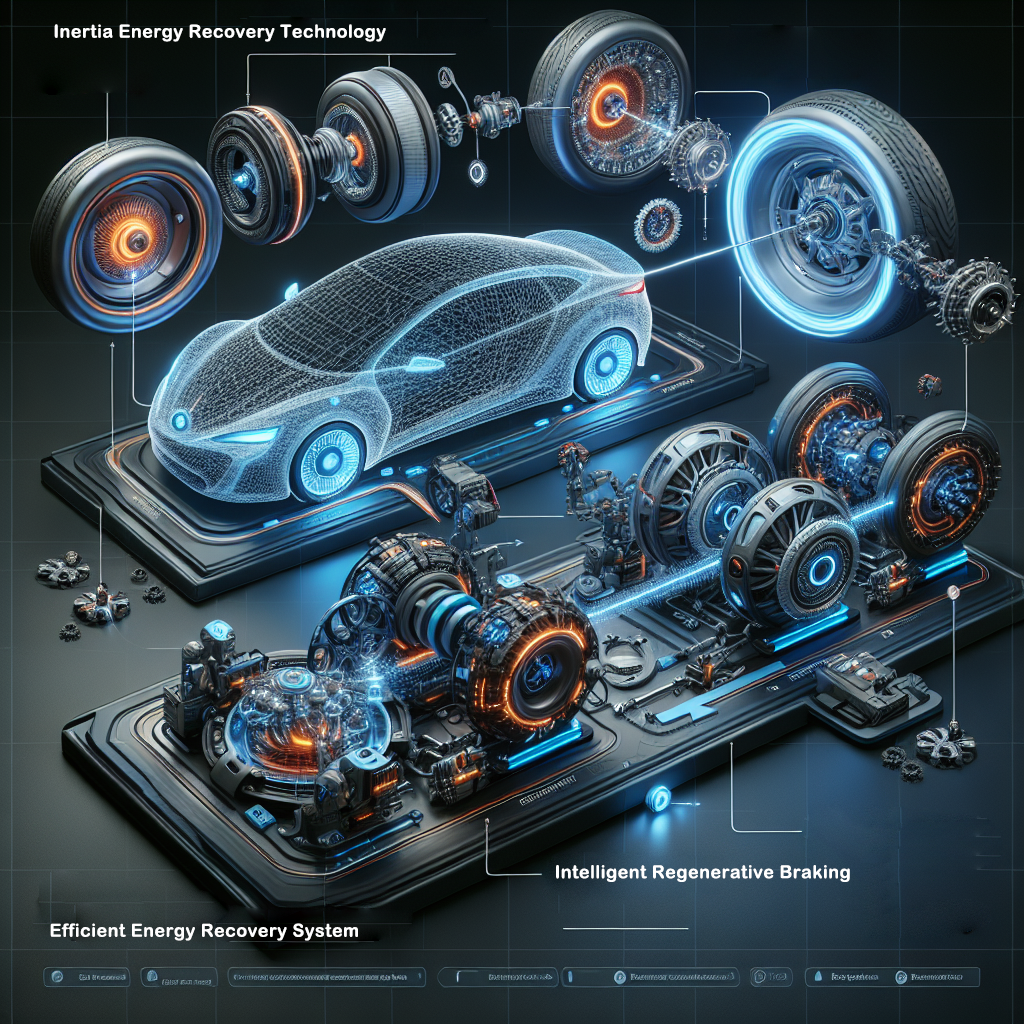Key Measures to Improve Energy Utilization Efficiency in New Energy Vehicles
Key Measures to Improve Energy Utilization Efficiency in New Energy Vehicles
The rapid development of new energy vehicles has provided significant support for environmental protection and sustainable development. However, in order to further enhance the performance and sustainability of new energy vehicles, it is crucial to focus on improving the energy utilization efficiency of their control systems. This article will introduce several key measures to optimize the control system of new energy vehicles and achieve more efficient energy utilization.

1. Innovative Electric Motor Technology
The electric motor is a core component of new energy vehicles. By continuously innovating electric motor technology, its efficiency can be improved to maximize the conversion of electrical energy into mechanical energy. Here are some innovative directions:
- Efficient Motor Design: Utilize advanced electromagnetic design and materials to reduce motor losses and internal resistance, thereby improving efficiency.
- Field Control Technology: Employ modern control algorithms and field control techniques to achieve more precise motor control, reducing energy consumption and losses.
High-temperature Superconducting Materials: Apply high-temperature superconducting technology to lower the resistance losses of motors and improve energy conversion efficiency.

2. Advanced Battery Management System (BMS)
The battery management system is crucial for ensuring the safe operation and optimal utilization of battery packs. The following measures can enhance the energy utilization efficiency of BMS:
- Accurate Battery State Monitoring: Employ advanced sensing technologies to monitor real-time parameters such as battery voltage, current, and temperature, enhancing the accuracy of battery state estimation.
- Intelligent Charging and Discharging Strategies: Optimize charging and discharging strategies based on battery state and vehicle demand, improving energy utilization efficiency and battery lifespan.
Dynamic Balancing Management: Adjust the energy distribution among individual cells within the battery pack through a balancing management system, reducing system imbalances and improving energy utilization.

3. Efficient Energy Recovery System
The energy recovery system can convert braking energy and kinetic energy into electrical energy and store it for future use. The following optimization measures can be implemented:
- Intelligent Regenerative Braking: Utilize advanced regenerative braking systems to capture and store energy by converting kinetic energy during braking into electrical energy.
Inertia Energy Recovery Technology: Harness advanced inertia energy recovery techniques to capture and utilize the electric energy generated during deceleration or coasting, reducing energy waste.

4. Intelligent Energy Management System
The intelligent energy management system integrates vehicle dynamic data and external environmental information to achieve intelligent control over energy flow. The following aspects are crucial:
- Dynamic Energy Allocation: Intelligently allocate energy based on driving behavior and road conditions, adjust battery charging and discharging strategies, and maximize energy utilization efficiency.
- Energy Optimization Algorithms: Utilize predictive models and optimization algorithms to optimize energy management strategies, achieving optimal energy distribution and utilization.
5. Lightweight Design and Aerodynamic Optimization
Reducing the overall weight of the vehicle and optimizing its aerodynamic characteristics can lower energy consumption and improve energy utilization efficiency. Here are some recommendations:
- Application of Lightweight Materials: Use lightweight materials such as high-strength steel, aluminum alloys, and carbon fiber composites to reduce the vehicle's total weight and minimize energy consumption.
- Optimized Vehicle Structure Design: Reduce unnecessary aerodynamic resistance by optimizing the vehicle's structure and minimizing air drag coefficient, thereby reducing energy losses.
- Intelligent Aerodynamic Design: Employ advanced computational fluid dynamics simulations and design tools to optimize the vehicle's shape and aerodynamic characteristics, decreasing air resistance and improving energy utilization efficiency.
6. Continuous Innovation and Technological Advancements
The field of new energy vehicles is constantly evolving through ongoing research and innovation, leading to technological advancements. By continuously conducting research and innovation, the energy utilization efficiency of control systems in new energy vehicles can be further improved. Here are some cutting-edge technologies and development trends:
- High-Energy-Density Battery Technology: Develop batteries with higher energy density to enhance energy storage capacity and energy utilization efficiency.
- Intelligent Motor Control Algorithms: Develop intelligent motor control algorithms that optimize control based on real-time data and requirements to improve motor efficiency and energy utilization rate.
- Advanced Energy Management Systems: Introduce advanced energy management systems that integrate vehicle and external environmental information, enabling precise energy distribution and control to maximize energy utilization efficiency.

